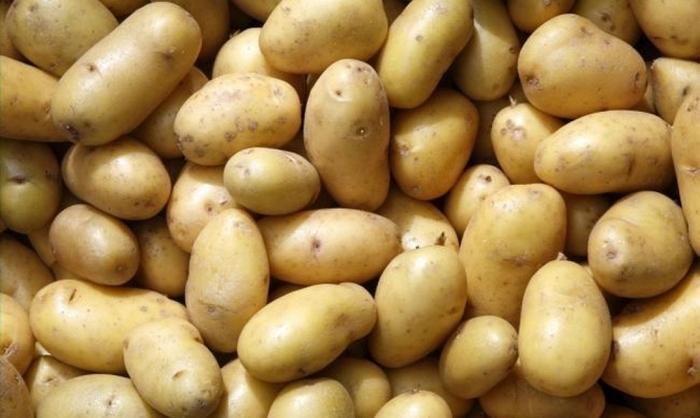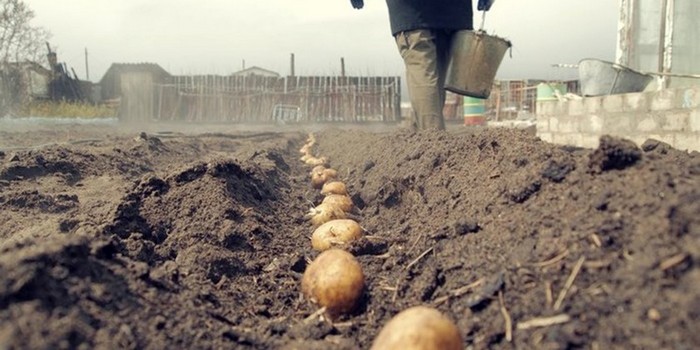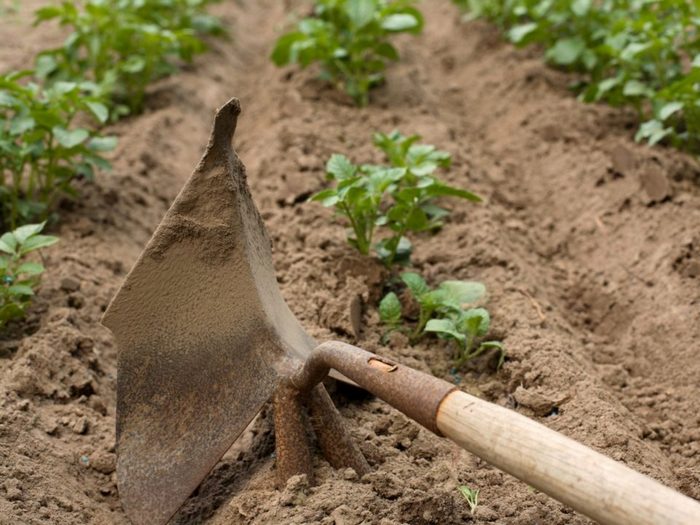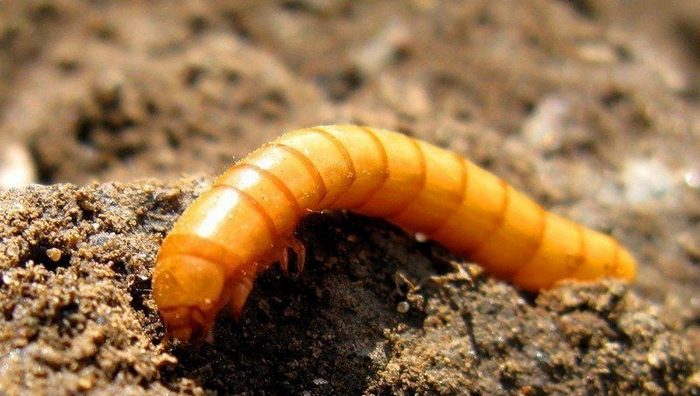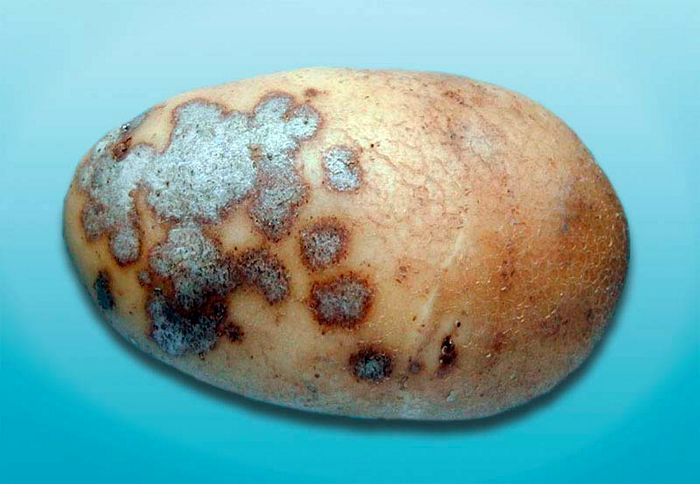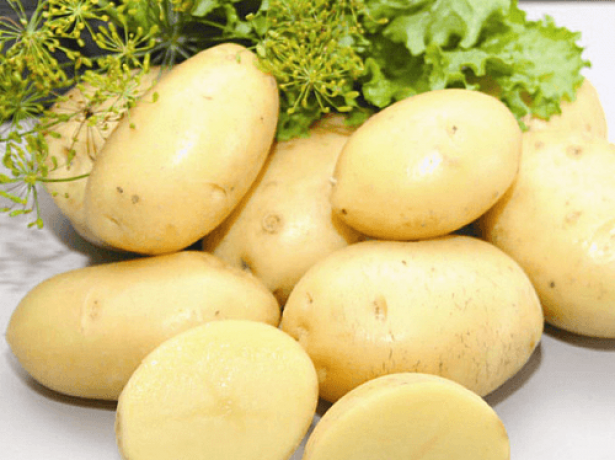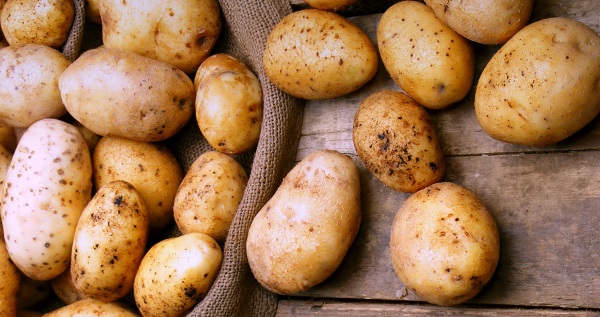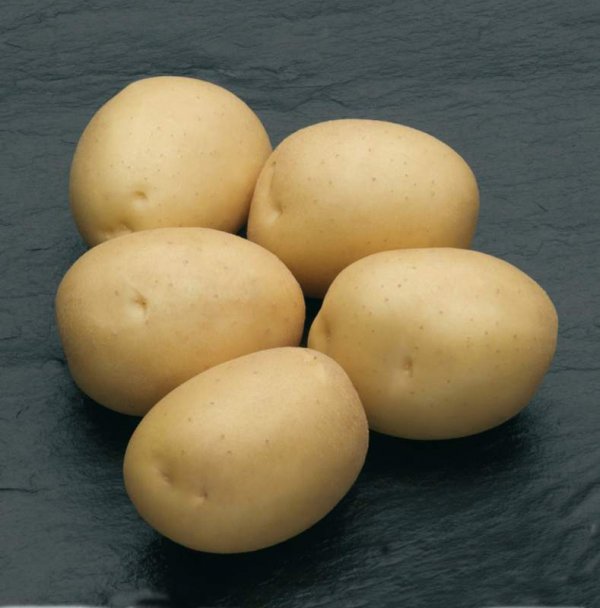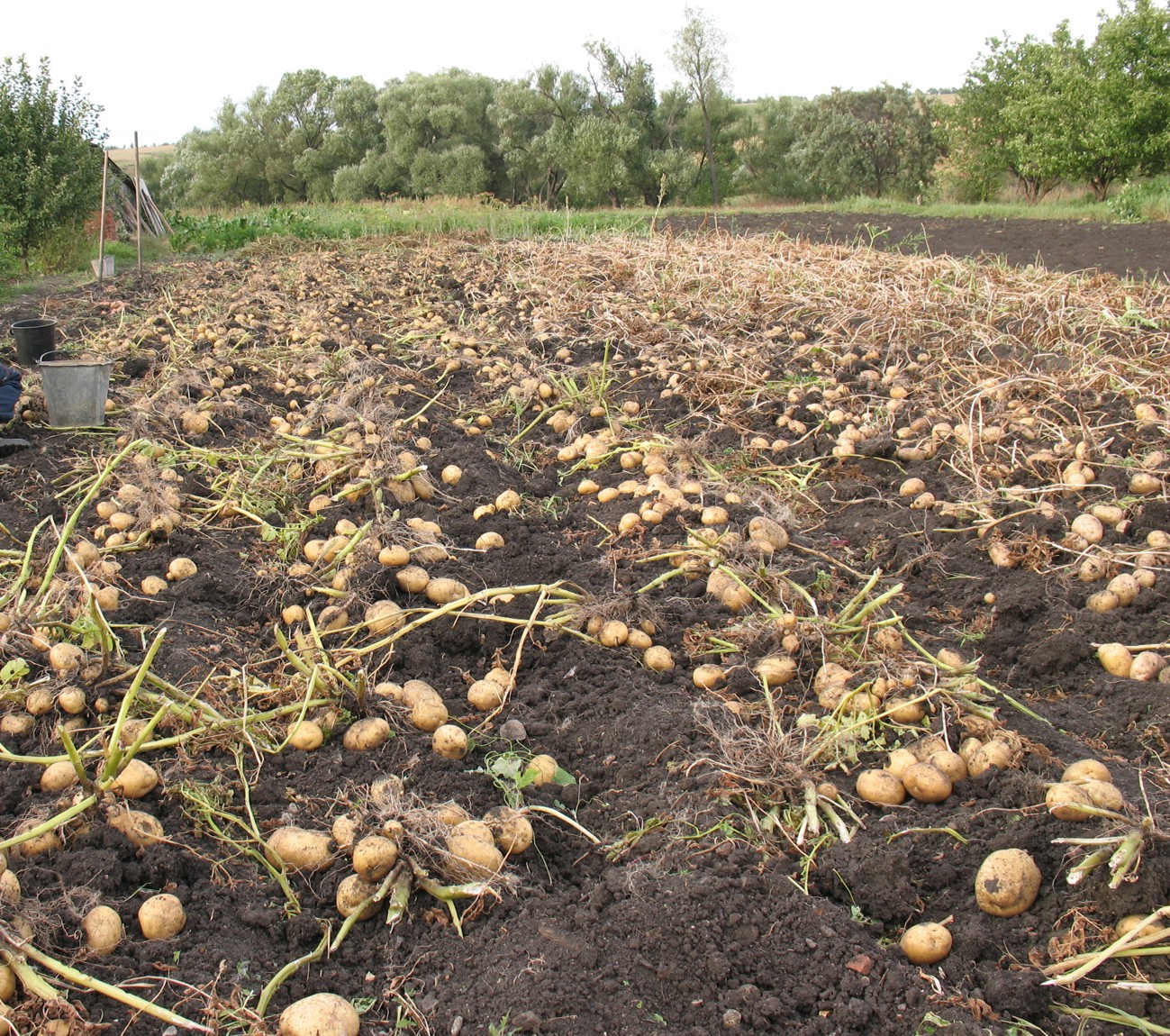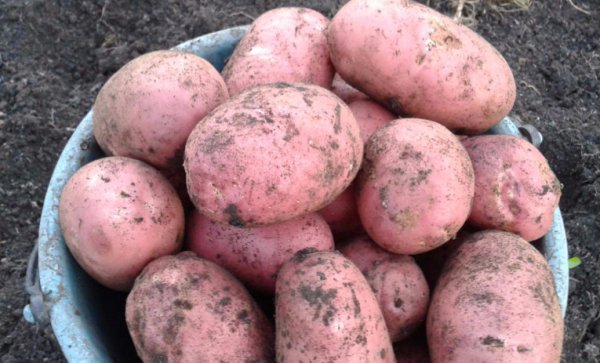Content:
Vegetable crops such as potatoes are currently in high demand among gardeners. There are a large number of all kinds of varieties, many of which are quite worthy of attention. These include the Scarb potatoes.
Scarb potatoes are currently one of the leaders in popularity among vegetable crops. This type of potato has an average ripening period, was bred by Belarusian breeders at the end of the 20th century. In 2002, the variety was included in the State Register of the Russian Federation.
Characteristics of the variety
The ripening period for potatoes, depending on the region of planting, varies from 90 to 110 days. The tubers have a rich taste and practically do not boil over during heat treatment. The pulp is homogeneous, has a yellow tint. The Scarb tuber of potatoes, in accordance with the characteristic, has an oval shape and a smooth yellow skin. The eyes are quite small and distributed over the entire surface of the root crop. The main characteristic, for which copt is especially highly valued, is its high yield. Practice shows that from one plant, subject to agricultural technology, you can get at least 20 large tubers, the weight of which varies from 150 to 200 grams. Speaking on an industrial scale, the yield indicator reaches about 650 centners per hectare of plantings.
This potato variety is suitable for long-term storage and perfectly tolerates transportation, even over long distances.
One of the features that the described potato variety has is the slow germination after planting the tubers. In this regard, the planting material is strongly recommended to germinate or subject to heating.
Scart potatoes are moderately resistant to dry weather - they should not be overdried in the same way as they should not be poured.
Potato variety Scarb has a description of the variety, although not very impressive, but it is often planted by domestic gardeners. This is due to the fact that it is not difficult to buy or grow seed material, and the growing process is reduced to performing standard manipulations with a potato crop during its growing season.
Features of agricultural technology
Scarb seed potatoes are not very demanding on the conditions in which they are grown. But to obtain a more extensive harvest, it is strongly recommended to plant on heavy fertile soils.
Landing
It is usually recommended to plant Scarb potatoes no earlier than the beginning of May. But the timing of planting can vary both earlier and later, depending on the region of cultivation. If at the beginning of May there is a certain risk of ground frost, it is not recommended to take risks. In such a situation, you should wait a bit.
When planting, tubers feel best in the soil, which has managed to warm up to +8 degrees to a depth of at least 10 meters.As a rule, such temperature indicators are achievable when the air in the shade warms up to +20 C during the day, and this weather lasts for at least 3 days. For central Russia, such conditions are achieved by mid-May, and in more southern regions - already in April.
The soil requires some preparation before planting. It consists in the following manipulations:
- in the fall, soil is dug up, and organic fertilizers are applied;
- in spring, before planting (about two weeks), the soil is re-cultivated and mineral fertilizers are applied.
Planting culture is allowed in different ways. In recent years, the so-called Dutch technology has been increasingly used, which implies planting a plant in slightly raised ridges or furrows. This technique greatly simplifies the subsequent care of the plantings and provides a guarantee of oxygen access to the root system in sufficient quantities. In the landing process, a 60x35 centimeters scheme is usually used. Due to the varietal characteristics of Scarb potatoes, the holes should not be too deep - 8-10 cm will be quite enough.
Care
After the first shoots appear, the grower is required to start making efforts to provide the potatoes with proper care. Usually we are talking about the following actions:
- loosening the soil (it is necessary to loosen the soil near the bush on a regular basis, otherwise a crust will form, which will block the access of oxygen to the roots);
- full watering (especially important at the stage of tuber formation; carried out twice a week);
- top dressing (cow dung is optimal for this purpose);
- preventive treatment against insects and diseases (usually fungicides and a solution of copper sulfate are used).
If watering, loosening and feeding are carried out for the Skarb variety in the same way as for other potato varieties, then the fight against diseases and pests requires more detailed comments.
Scarb potatoes are praised not only for their flavor priority and fruit size, but also for their high resistance to harmful microorganisms and insects. But if you take care of the crop poorly, the bushes can begin to suffer from late blight. One of the symptoms of this disease is the appearance of brown spots with light edges on the lower leaves of the bush. If the disease has just begun to manifest itself, it can be dealt with by means of solutions of Boudros liquid or copper sulfate.
Among insects, the culture can be affected by wireworm. It eats tubers and stems of plants. Liming the soil, digging, as well as timely weeding from weeds will help get rid of the parasite.
Sometimes Scarb potatoes are invaded by Colorado beetles. Experienced gardeners usually have their own effective and time-tested strategy for dealing with adversity. For those who are just starting to discover the wisdom of gardening, we can recommend drugs such as Tabu, Aktara or Corado.
Harvesting
Potatoes are dug on a dry and relatively warm day. This allows the crop to dry out before storing it. If the tubers have diseases or have been damaged during the digging process, they should be set aside separately. Before placing potatoes in a permanent storage place, it is recommended to hold them in any dry place for a couple of weeks. During this period of time, the ripening process will have time to complete, and the culture will be ready for long-term storage.
Seed preparation
Harvesting and defining it for storage does not stop working with potatoes. You should take care of decent quality seed for planting next year. For seeds, small and medium-sized potatoes are chosen from the most productive bushes, which can be planted without much difficulty without cutting.
Each potato harvested should be carefully examined for the presence of disease, scab or rot. Such specimens will not work for seed. They should be discarded. The rest of the seeds are treated with drugs like Prestige or Hom, as well as copper sulfate for preventive purposes.
Further, the tubers for planting are placed in baskets or boxes in one or two layers and sent for storage. About a month before planting, the potatoes must be removed from the cellar and germinated.
Tubers usually germinate unevenly. First, one leading sprout grows, and then the rest begin to grow. Remarkably, the number of smaller sprouts can be up to 7 pieces.
About once a week, the tubers should be turned over and sprayed with water to avoid flabbiness.
Advantages and disadvantages
The Scarb variety has its own strengths and weaknesses. The undoubted advantages include:
- stable yield;
- high profitability for industrial planting;
- excellent taste characteristics;
- early ripening of tubers;
- adaptability to various weather conditions;
- long shelf life without loss of presentation and taste.
The disadvantages are usually noted:
- insufficient resistance to late blight;
- inhibition of development with excessive soil moisture.
It should be noted that the negative aspects of the variety begin to manifest themselves only if the plant is not provided with normal care. If the agricultural technology is fully followed, there are no problems with the potato variety.
